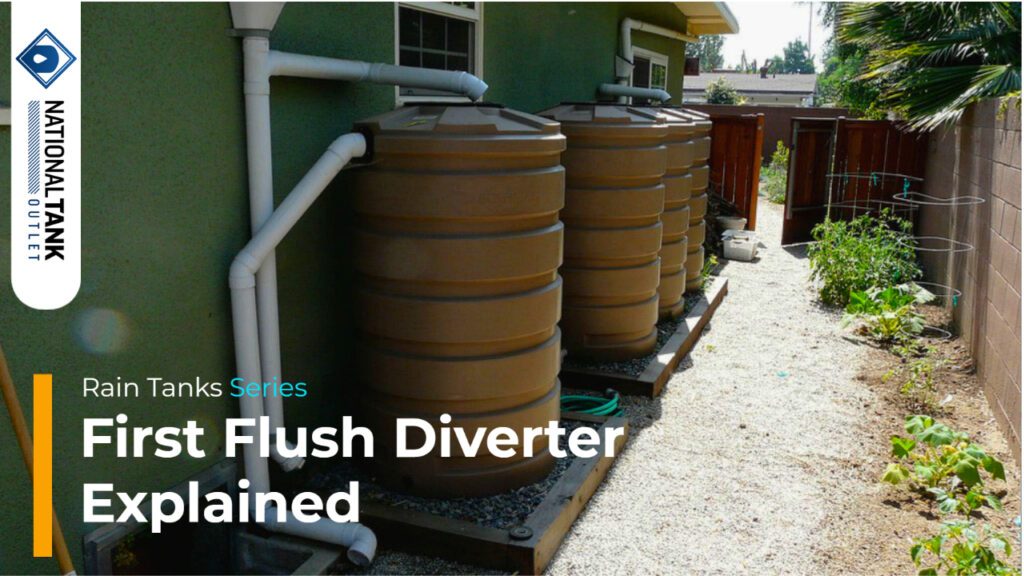Which is better, rainwater or well water, will depend on what characteristic and consideration is being compared. In many ways, places, and times, rainwater is often considered better in terms of quality, purity, and cleanliness compared to well water. Truly, the answer depends and can vary on location, as location can affect the undesirable materials that may be present and impact the quality of either the well water or the rainwater.
Groundwater
In one location, groundwater from a well may be very clean, high-quality water. While in another location, the well water may contain nitrates, sulfur, traces of iron, and even some coliform bacteria, as examples. A good demonstration of this is when even municipal supplies are contaminated by coliform bacteria (e. coli) and issue a boil water alert. Note that this can occur either due to issues with treatment, a contamination impacting the main source, or both.
These materials and contaminants are all undesirable to be found in drinking water and, many times, are infrequent in rainwater or in lesser quantities. Due to the nature of groundwater aquifers, recharge, and contaminant infiltration due to human activity, this fluctuation in well water quality can vary extensively from one property to the next and even from one mile to the next.
Rainwater
Compared to well water, rainwater is distilled and purified, courtesy of nature’s normal hydrological cycle. Rainwater is naturally soft water, meaning it is free of any hard minerals, e.g., iron, sulfur, sodium, etc. Any impurities found in rainwater are collected as rain falls through the atmosphere and as it flows across a surface. This means if rainfall occurs in a clean environment and is collected from clean surfaces, the collected rainwater should also be clean. However, most government departments and regulations advise against or prohibit the use of rainwater for potable applications, such as drinking, cooking, and bathing, unless it has been properly treated.
Similar to groundwater, rainwater can be contaminated by human activity and animal activity. Human-driven pollutants the result of industrial, agricultural, and metropolitan settings and applications can end up in the atmosphere and then end up in rainfall. Examples can include acids of nitrogen and sulfur and chemicals from agriculture. As the rain falls, it can dissolve and pickup these pollutants, depositing them on a roof or carrying them into a rainwater cistern or barrel. The extent of this is highly variable on regional activity, presence, and weather patterns. It can be argued that the consistency and amount of these pollutants occurrence in rainwater is less than that for groundwater.
Regarding microbiological contamination in rainwater, such as coliform bacteria, this occurs through animal activity, typically through defecation, on the surface that rain falls and flows over. For rainwater, it can be said for both airborne pollutants and microbiological concerns that the amount depends heavily on location. In example, rainwater collected in a remote, semi-arid location with limited animal activity should have fewer contaminants compared to rainwater collected in an urban environment or one with extensive agriculture development.
These concerns are why first flush diverters are recommended for rainwater harvesting setups. We offer these RWH accessories here and you can learn all about them in our post First Flush Diverter Explained.
Regulations
In terms of laws and regulations, most governance requires a rainwater harvesting system that will be used for indoor potable or non-potable applications to include a filtration and purification system. The same is often not required for a well water supply. On the positive side, this means indoor rainwater use will almost always supply cleaner, better-quality water due to the legal requirements of the system design. In the United States, some states, cities, or counties may have restrictions on the use of rainwater for indoor uses and may even prohibit rainwater for potable uses.
Groundwater Reliability
In a different consideration, well water perhaps beats rainwater in terms of reliability and consistency. In drawing water from wells, underground aquifers can be deep and cover significant land area meaning there is a large volume of water available to draw from. Aquifers also recharge (meaning refill with water) as water drains through the earth often associated with precipitation. This makes well water more reliable and consistent than rainwater on average. While groundwater wells can run dry, it is relatively considered infrequent for drinking water supply wells to run dry due to the depth and size of the aquifer.
Rainwater Reliability
On the other hand, the availability of water from rainwater harvesting is entirely dependent on regional precipitation and seasonal weather patterns. This can make rainwater less reliable and consistent than well water as a sole source of water supply. One way to compensate for inconsistency in rainfall patterns is to increase the amount of rainwater capable of being collected and stored from each rain event. Increasing the amount of collected rainwater can be done by increasing the size of the rain tank, by adding more rain tanks to the system, and/or by increasing the size of the catchment area, such as by connecting all downspouts together or by intentionally building a surface to exclusively collect rainwater.
Summary
To summarize our comparison of rainwater and well water:
- Rainwater is naturally distilled but can be dirtied as it falls through polluted atmosphere or flows over a surface such as a roof for collection.
- Well water can contain natural minerals and elements but is generally considered safe to drink.
- Rainwater harvesting systems often require a filtration and purification system installed prior to in-structure and/or potable use.
- Well water systems do not usually require a filtration system.
- In direct comparison, well water has a greater likelihood of being impacted by human activity over rainwater.
- Well water is supplied by aquifers making water available on demand unless the well dries up.
- Rainwater can be seasonal and is reliant on local precipitation patterns.
- Rainwater harvesting can have improved reliability by increasing the size or number of rain tanks and/or by increasing the area used for catchment.
Takeaway | Rainwater versus Well Water
If you were to ask us, our vote would be for both, with a general preference for rainwater harvesting. Some regions do not receive much rainfall while others receive plenty. Some regions have limited groundwater supplies while others are heavily relied on and still others impacted by human activity. Rainwater harvesting is a green infrastructure, environmentally friendly, conservationist activity that can help supplement and balance modern society’s water usage. An ideal setup and system could use both water supply options to accommodate any shortcomings of the other.
And in both cases, for the top in surety, safety, and performance, include a filtration and treatment system that is capable of removing minerals, elements, chemicals, and potentially harmful microorganisms.
For products related to these applications, we are America’s liquid tank superstore and one of the United State’s leading providers of ANSI/NSF certified poly tanks. We offer a full catalog of water storage tanks and application accessories, including:
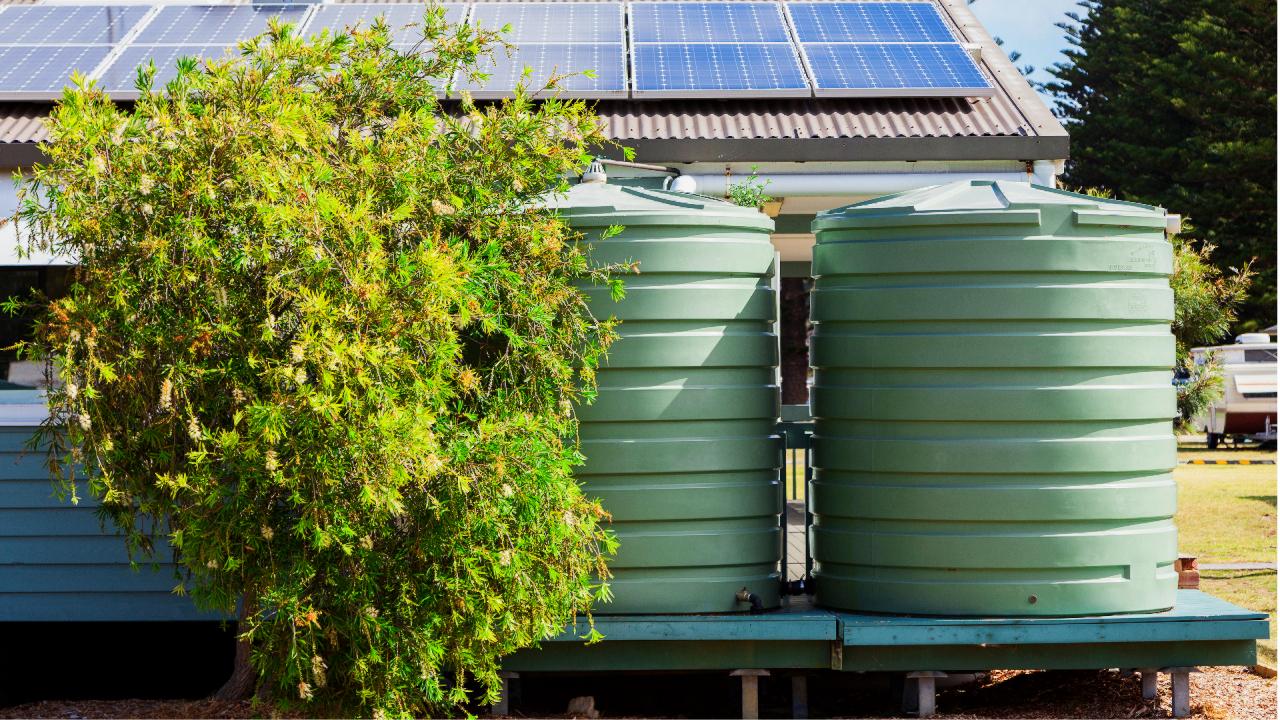
Rain Tanks
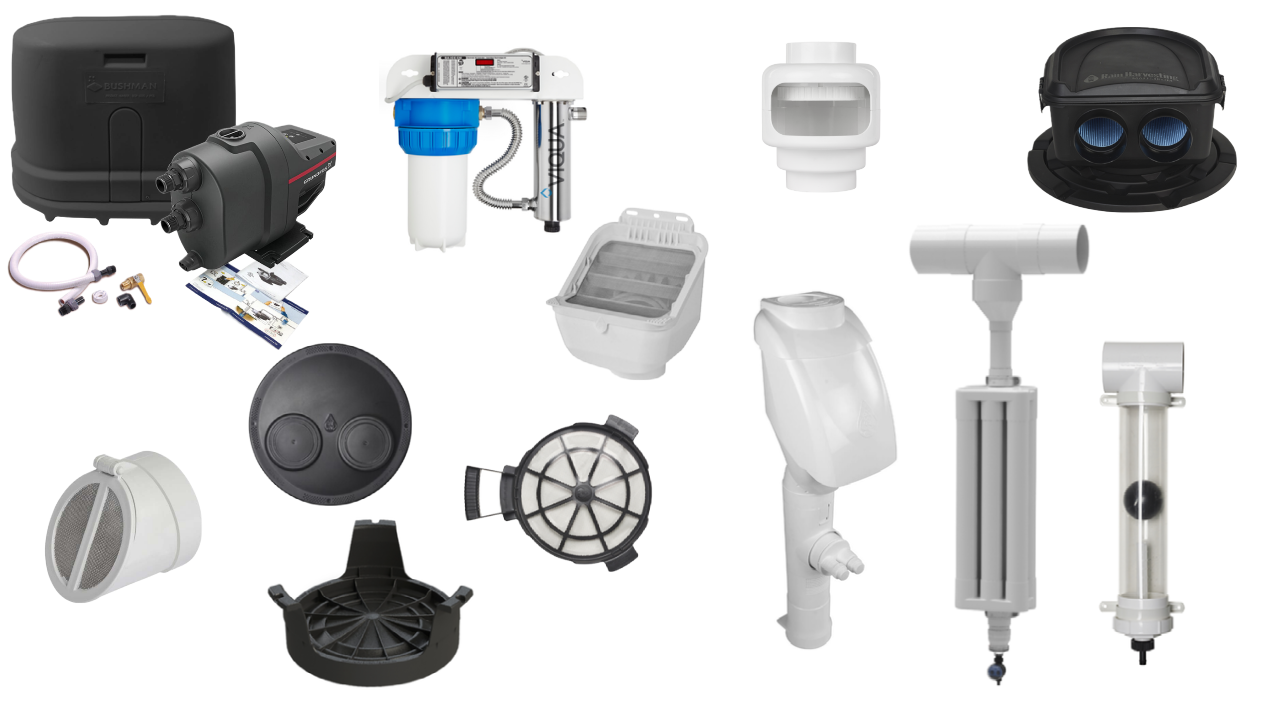
Rain Accessories
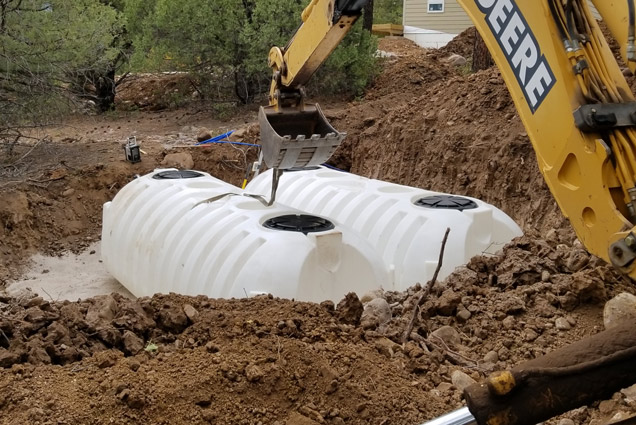
Underground Cisterns
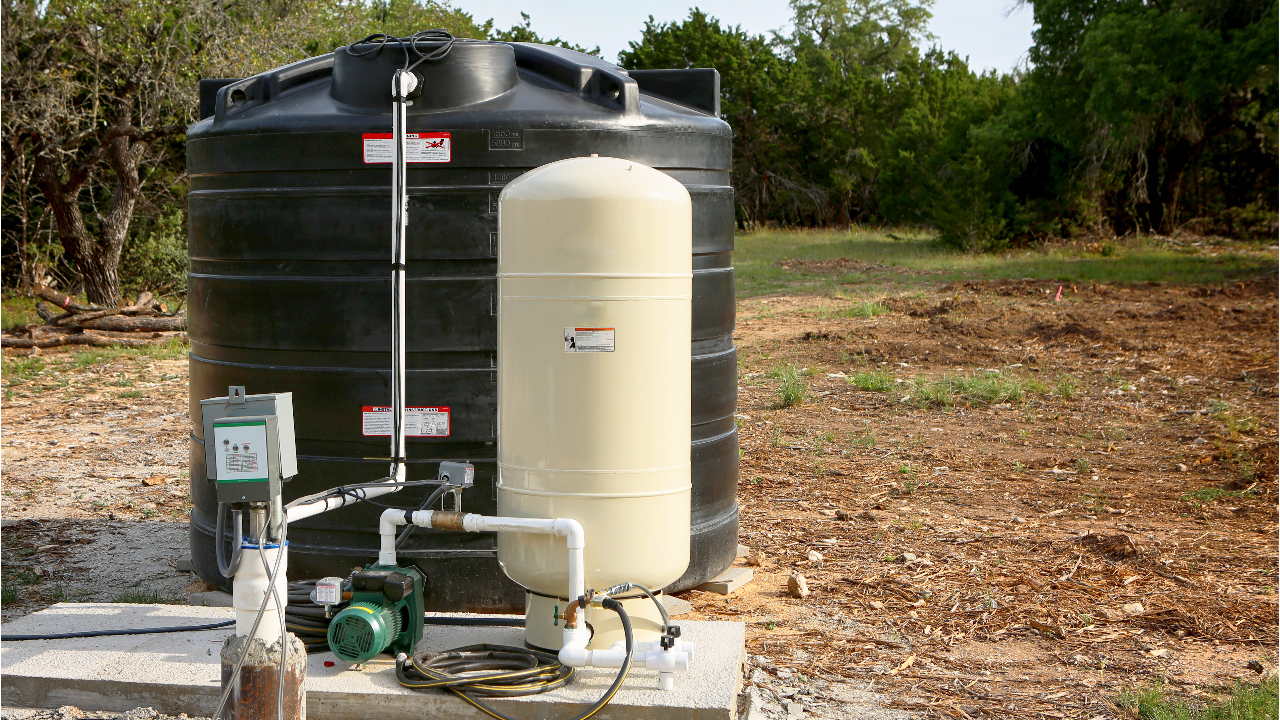
Well Water Tanks
If you have any questions or need help in product selection, contact us, our product support experts are always ready to help. For more information, consider the resources in our knowledge base and visit our free-to-read blog.
